Therapeutic Riding
Therapeutic riding is a widely accepted method of improving the physical and mental well-being of individuals with varied abilities. It provides general exercise, recreation, and a sense of accomplishment. In addition, therapeutic riding provides independence from artificial aids such as crutches and wheelchairs, allowing access over uneven ground and into fields and forests, where new sights, sounds and smells stimulate the senses.
Therapeutic riding is taught by Valley instructors who have passed rigorous training through CanTRA (Canadian Therapeutic Riding Association) or the American equivalent. These instructors concentrate on personal engagement through games, strength, and flexibility exercises.
We invite you to start your healing journey with VTEA.
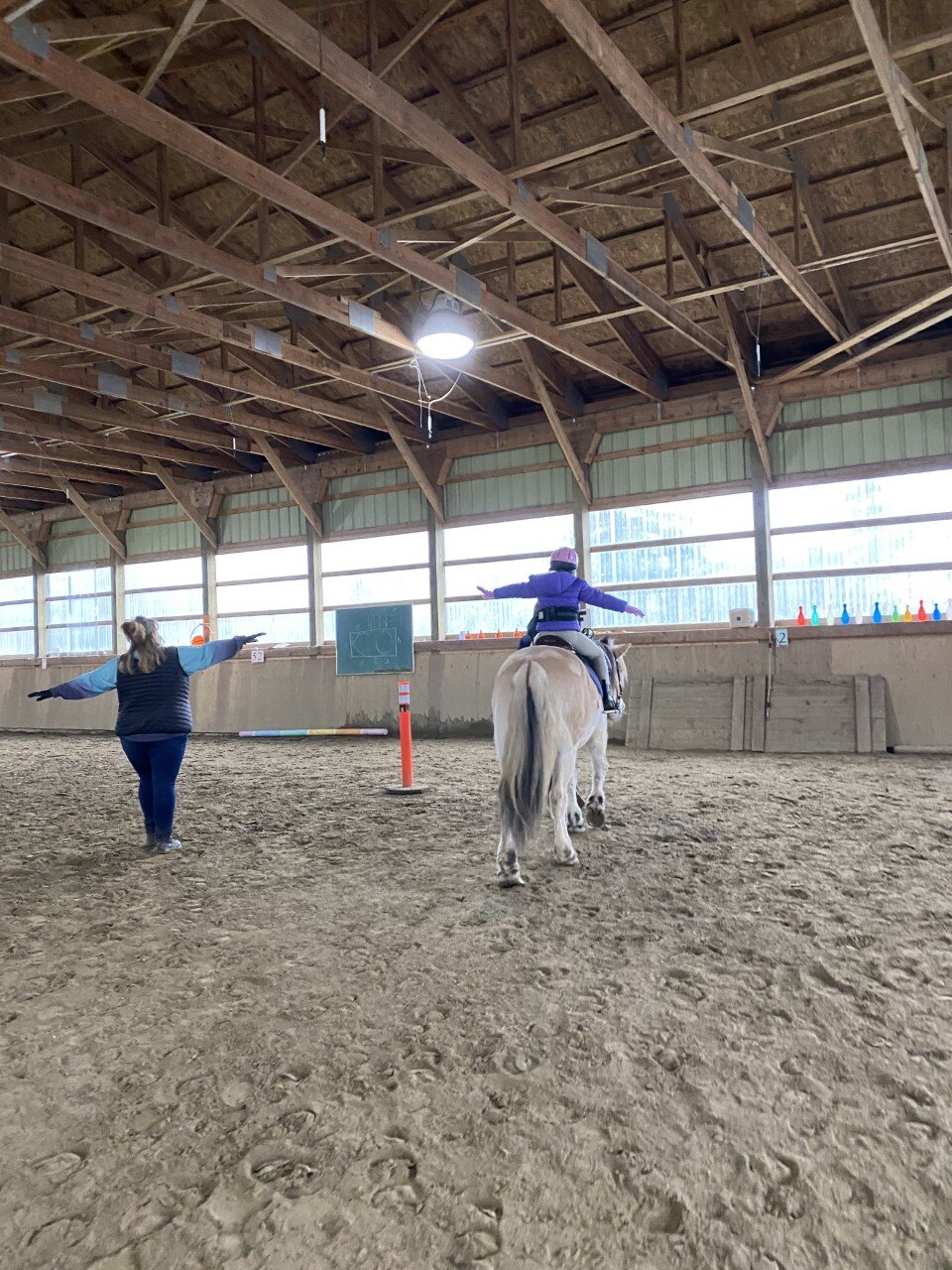
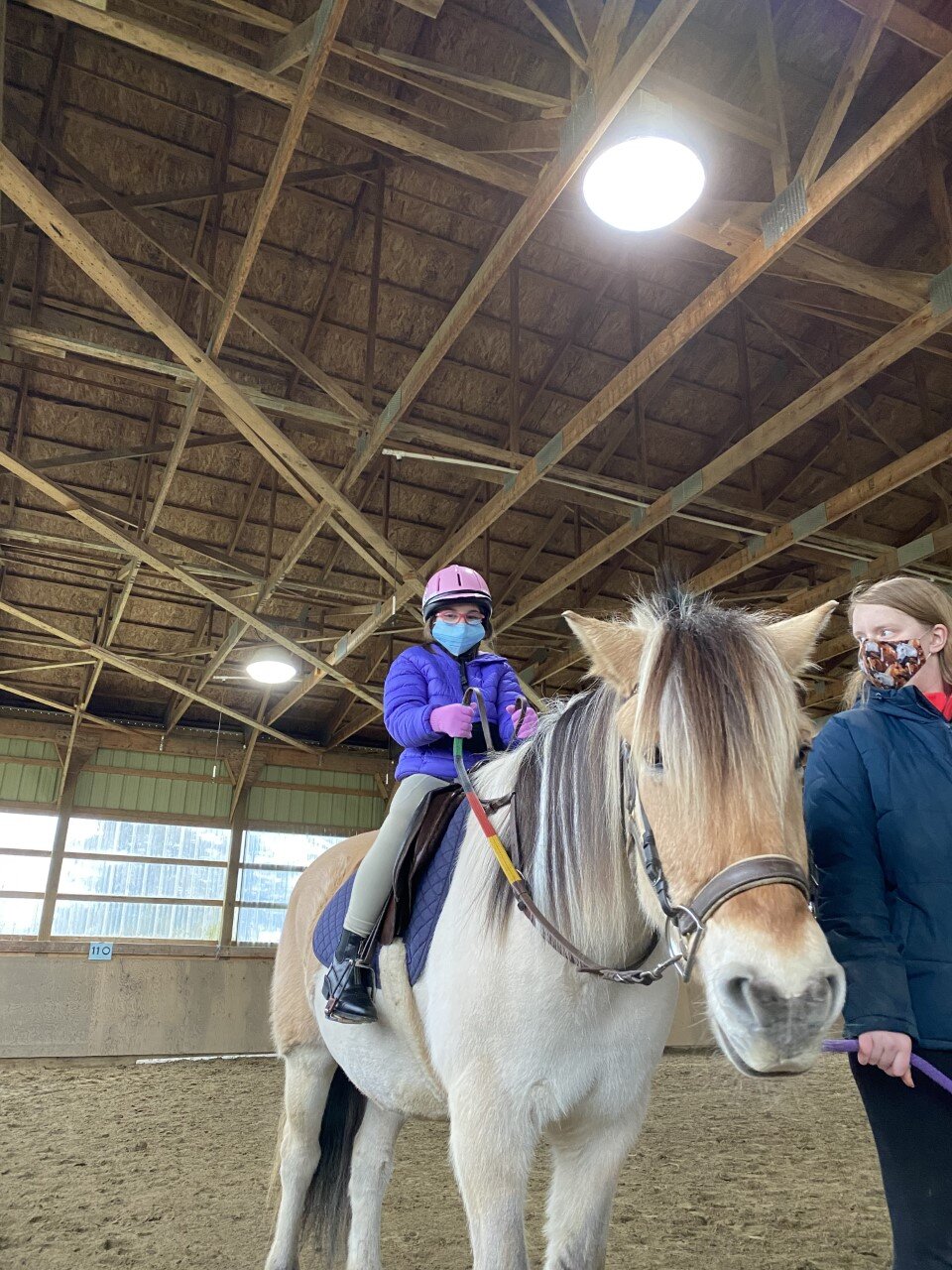
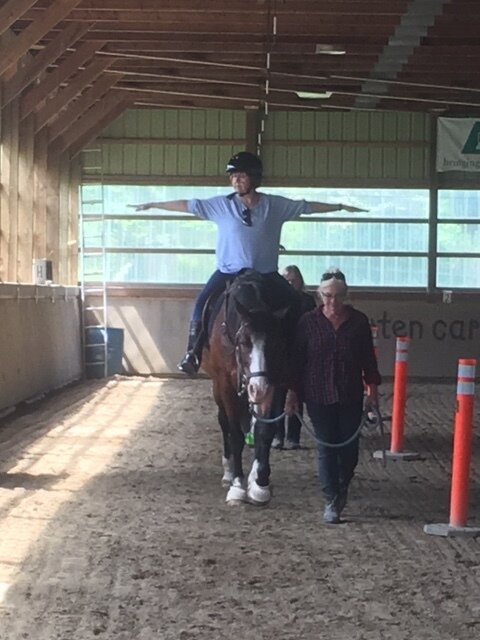







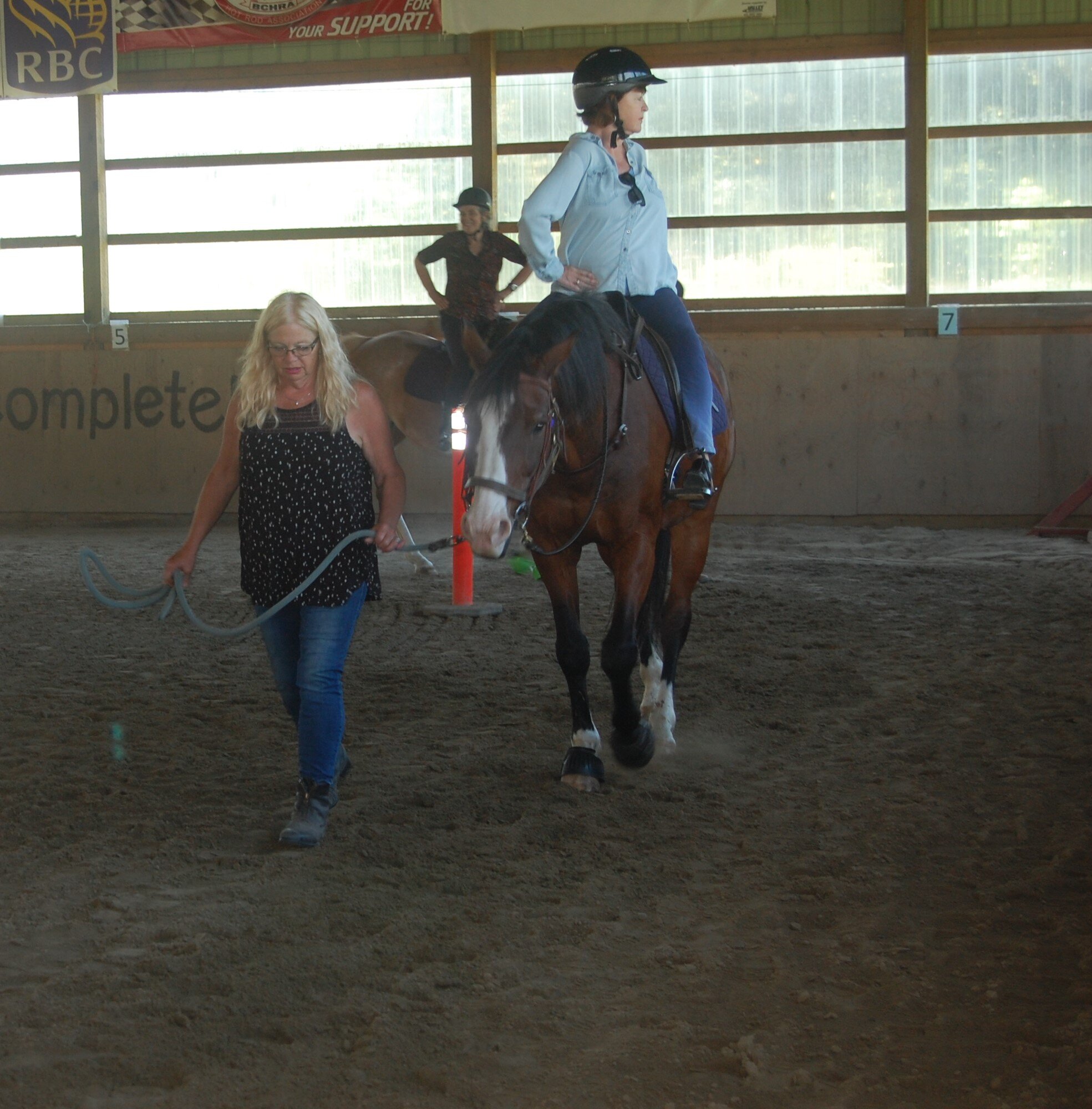











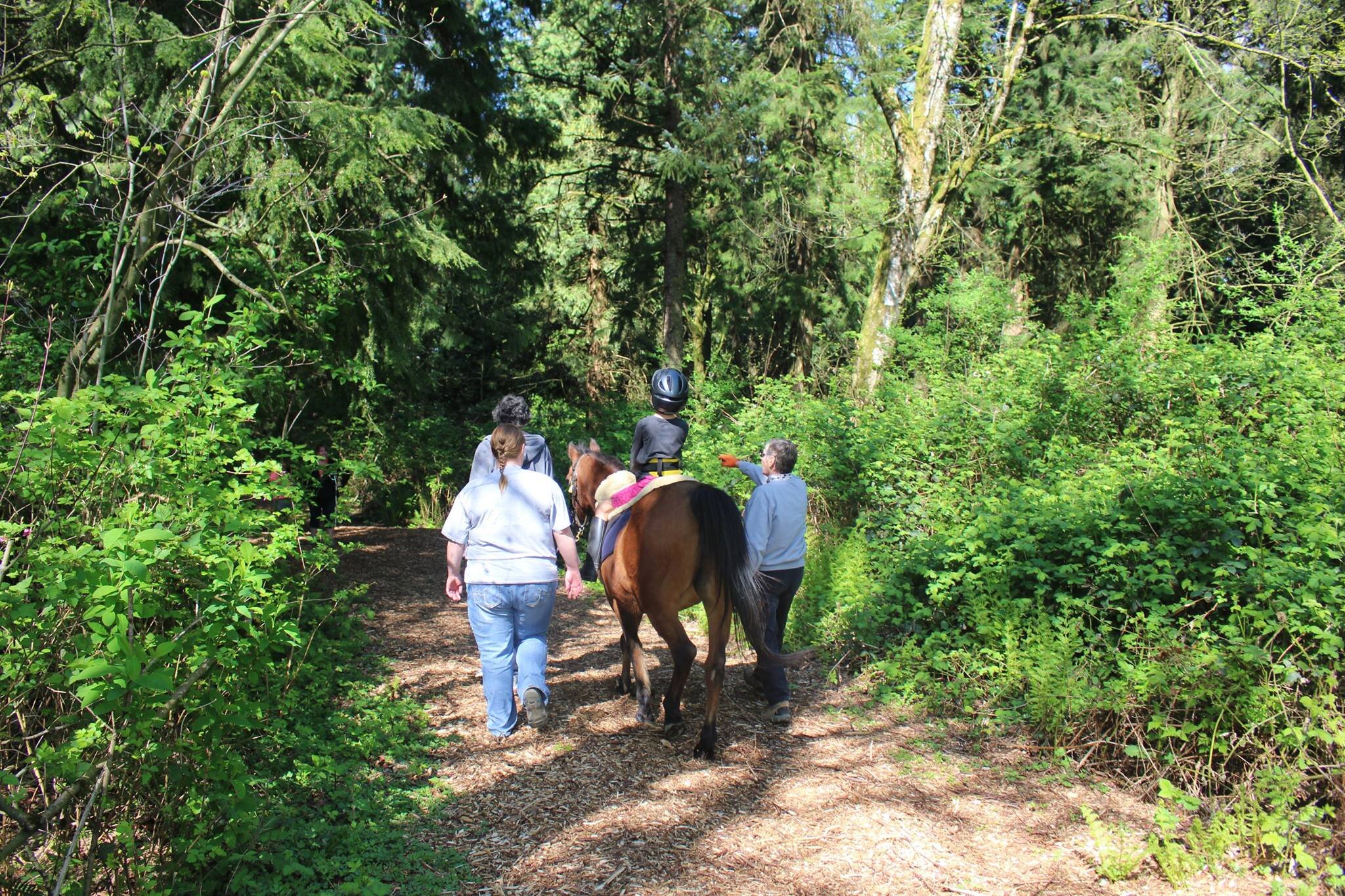
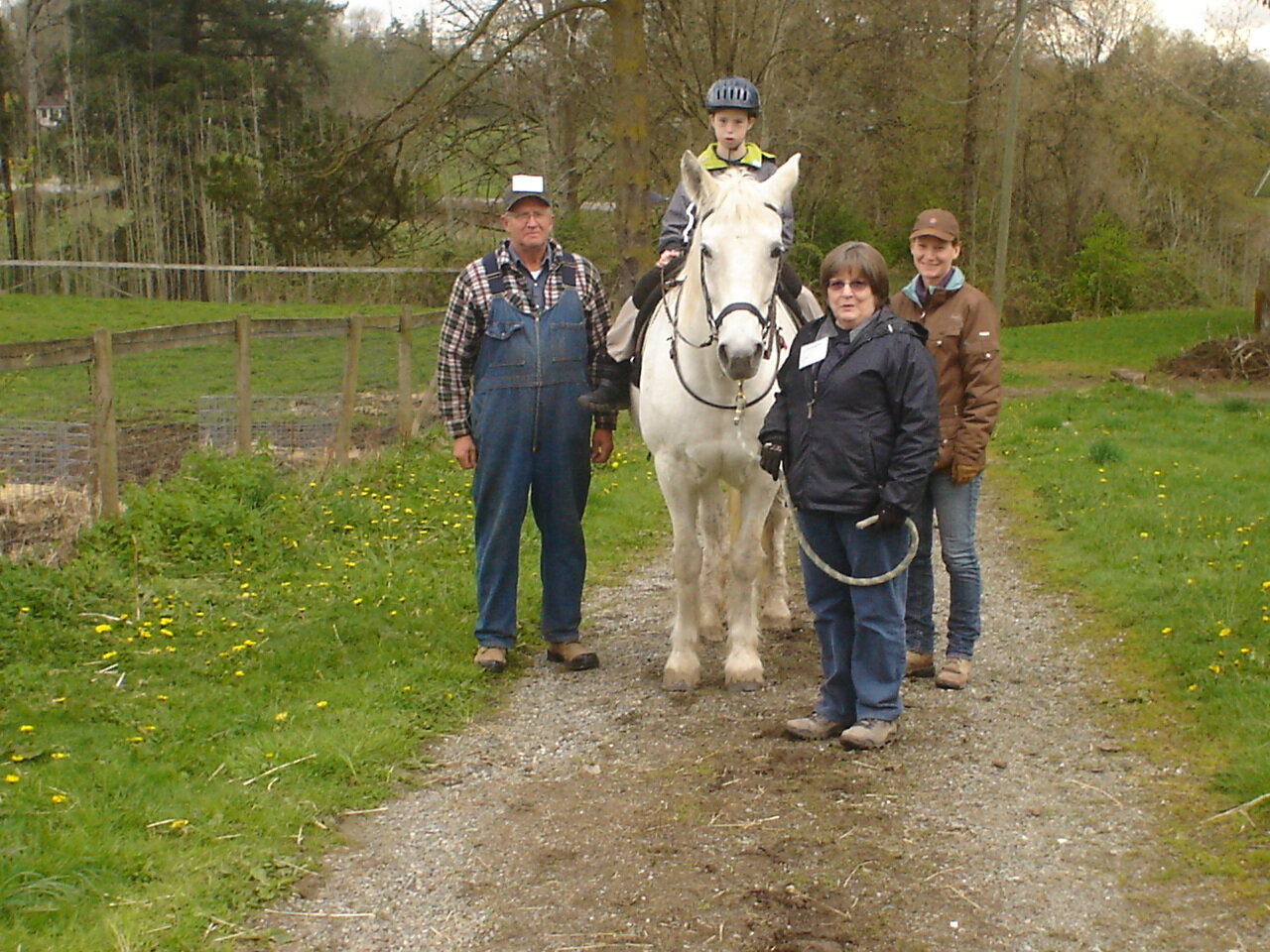
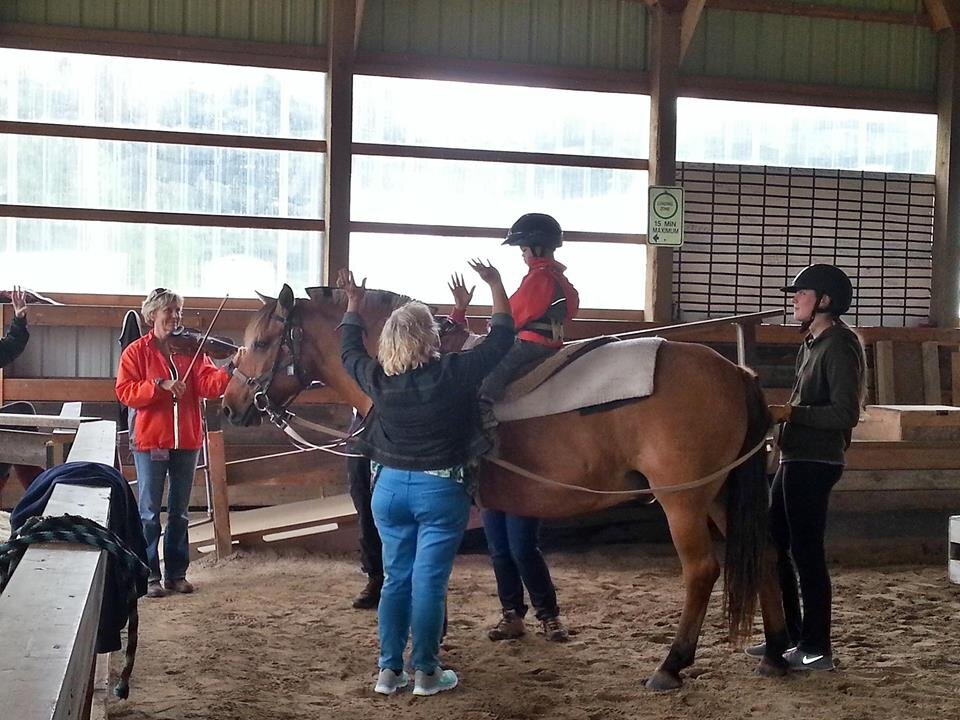
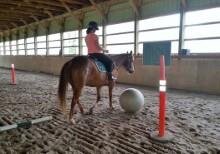

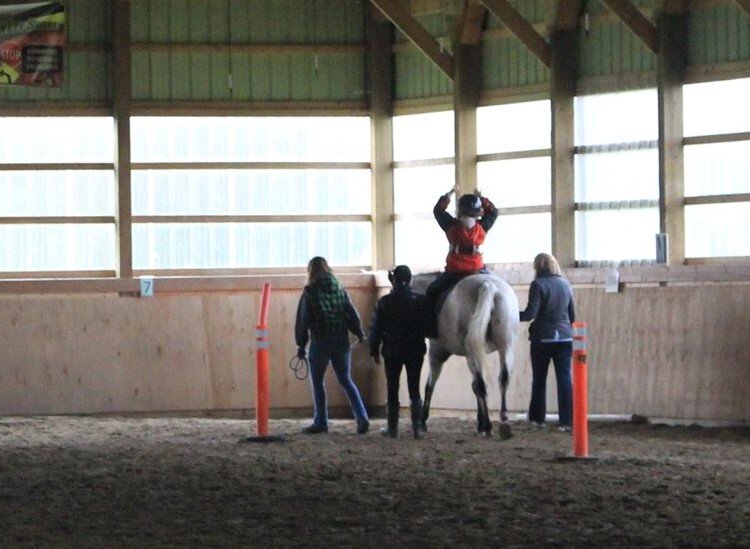
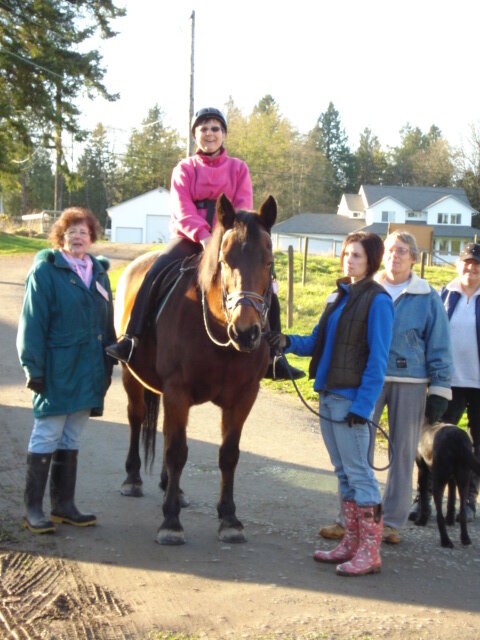

Cost will vary.
The cost of this program varies slightly depending upon funding from government assistance programs such as the At Home Program through the Ministry of Family and Child Development. Please see Funding For Clients for more information.
What to Expect at a Therapeutic Riding Session
Upon Arrival:
When you arrive, you or your parent or guardian will drive down to the area just in front of the arena designated for parking. After you have parked, you or your parent or guardian may exit the vehicle (watch out for passing horses!) to approach our volunteer team member standing at the barn entrance. They will offer you some hand sanitizer and ask you five questions:
Have you been out of the country in the past fourteen days?
Have you been in contact with anyone with COVID-19?
Have you been in contact with anyone with respiratory issues?
Do you currently feel ill?
Are you aware of the risks involved with attending a session during the pandemic?
These questions are necessary given current health concerns, and will be asked of every client who comes to VTEA for a session. If you are able to answer no to the first four questions, a team member will give you the okay to enter the arena.
In The Arena:
The first thing you will do inside the arena is put on your helmet and safety belt, then proceed to the mounting area to mount your horse. In most cases, this will mean being guided up the ramp on the side of the arena and helped onto the horse. After you have mounted, the Leader and Side Walkers will guide you and your horse around the arena and see to it that you and the horse are both safe and secure. While you are making your way around the arena, you will engage in a variety of activities designed to support your physical, mental, and emotional health. This may include visual games, verbal exchanges, or it may simply mean silence while you walk with your horse. Every session is tailored to your needs.
After Your Session:
When your session is up, you will say farewell for now to your instructor and your horse, and then return your helmet and gear to the designated cleaning bin. Our team member will offer you hand sanitizer once again, and wish you well for the rest of your day!
In The Barn (Optional):
Sometimes, our clients prefer to groom and tack the horses rather than ride them. In this case, the clients will work with the instructors in the barn to do just this. Sometimes, a groom and tack session may lead to a riding session, and at other times, clients may arrive specifically for a groom and tack session. Whether a groom and tack session is involved in you or your child’s session will be discussed with your instructor.
The aims of therapeutic riding include:
balance improvement
coordination development
mobilization of stiff joints
development of weak muscles
prevention of contractures
improved circulation
relaxation of spasticity
increased self-esteem and independence
improved learning
concentration
overall relaxation of the body and the mind
These aims are achieved as the rider experiences the rhythmic swinging motions of the horse as the horse is led around the arena, pastures and trails of the farm.
